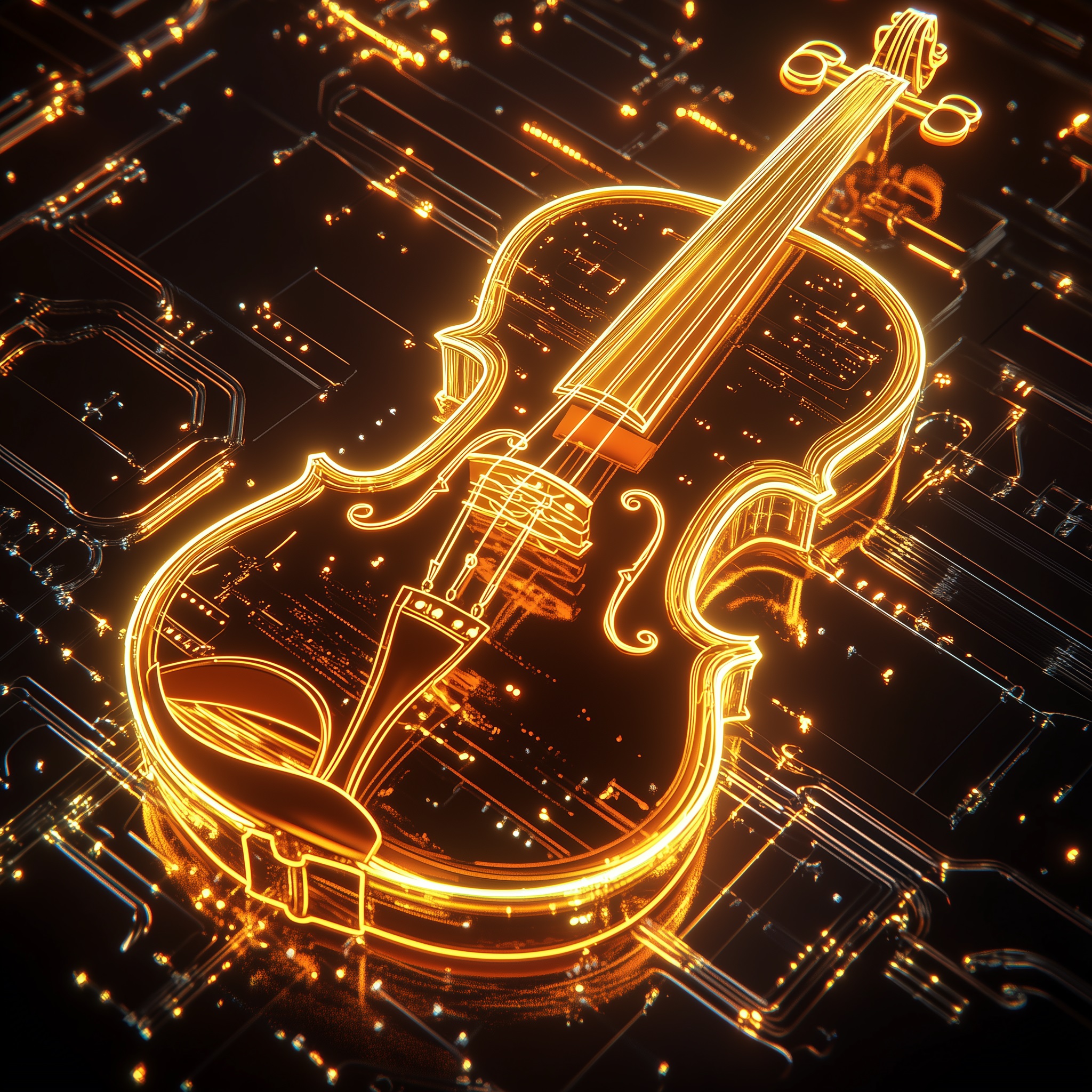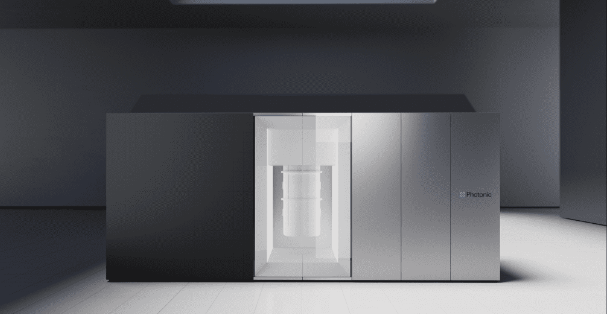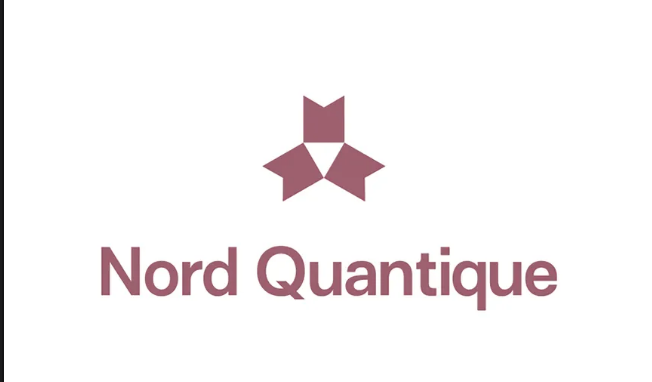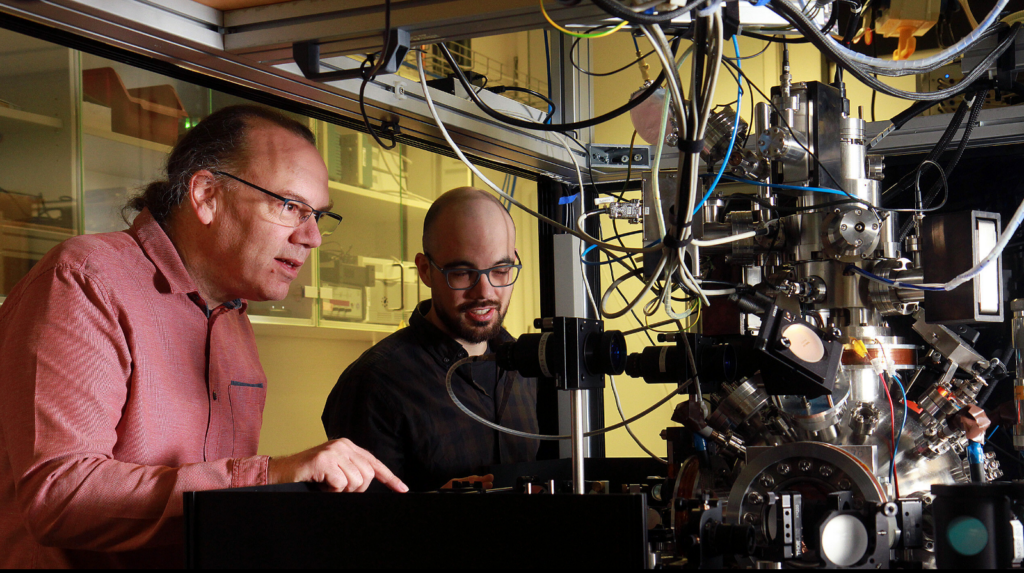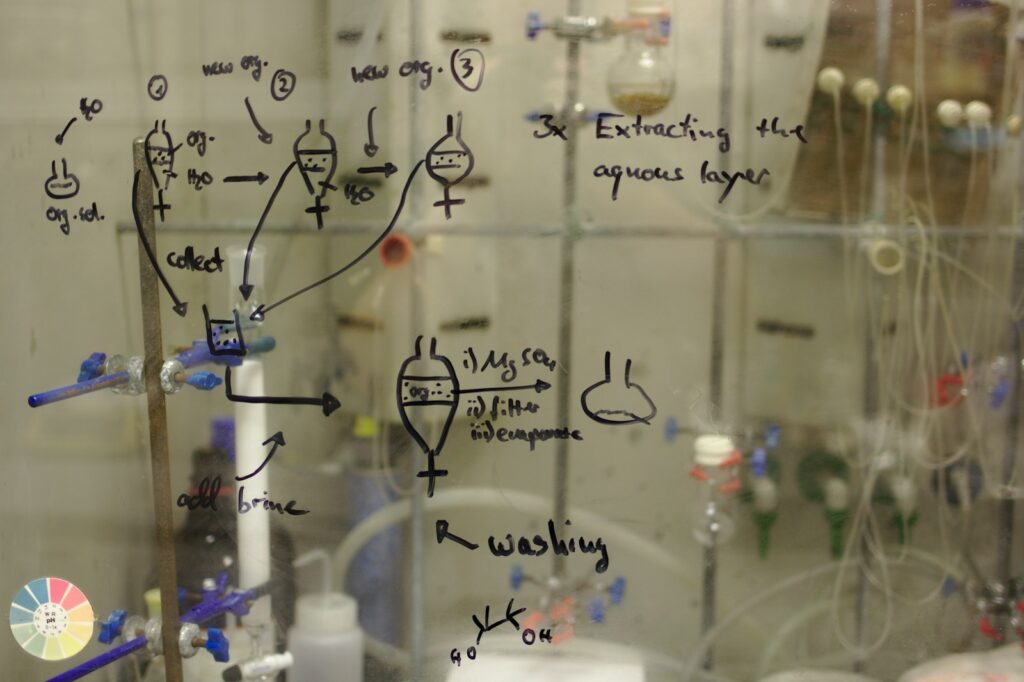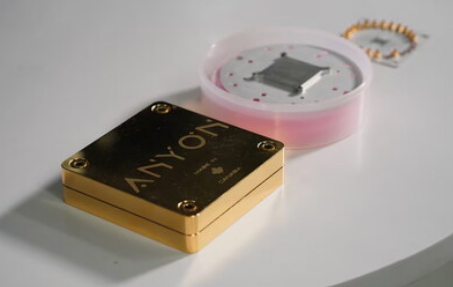At first glance, the link between quantum mechanics and music may seem distant, more like a theoretical expedition across an abyss. However, a closer look reveals a far more intimate connection. Quantum mechanics, the science of the smallest particles, and the arts, specifically music, intersect in ways that are both complex and profound. Take string theory, for example—a concept in theoretical physics that suggests the fundamental particles of the universe are not point-like but rather one-dimensional vibrating strings that resonate much like the ones struck by a bow during a symphonic performance. The parallels between science and sound run deep.
Co-Creation with Man and Machine
Enter Eduardo Miranda, a classically trained composer and professor at Plymouth University, who is eradicating the boundaries between quantum technology and music with his latest album, Qubism. In a recent interview with Forbes, Miranda explains that this album, possibly the first of its kind, integrates quantum computing into the composition process. Using a quantum computer, Miranda trained an AI model to respond to live instrumentation in real time. In the track Qubism, namesake of the album, the model reacts to specific segments, producing a unique performance each time. In live concerts, this model operates remotely from IBM’s cryogenic labs, demonstrating the essential role quantum computers play in creating this kind of dynamic experience. According to the article, each performance offers audiences a one-of-a-kind musical journey, evolving in response to the instruments around it.
The fusion of music and technology doesn’t exist in a vacuum. The Interdisciplinary Centre for Computer Music Research has long provided a space for scientists to incorporate advanced technologies such as AI and quantum into music through AI-assisted composition and research into brain-computer interfaces that allow individuals with severe motor impairments to play music simply by thinking.
The use of technology within artistic endeavors, as highlighted in the Forbes article, is responsible for generating both excitement and concern within the artistic community, particularly around the rise of generative AI. While many musicians worry about the ethical implications of AI trained on massive datasets, Miranda and Moth Quantum are working on a different model—one that interacts with the music itself, rather than just mimicking previous works. In Qubism, for example, the AI listens and responds to specific parts of the violin performance, effectively engaging in a creative dialogue. This exemplifies a transition away from AI as merely an extension of human creativity and toward a genuine partnership between human and machine.

Moth Quantum is a startup that exists at this intersection of art and quantum technology. One of their flagship products, the Actias Synth, translates the manipulation of qubits into sound. Musicians such as Miranda and the metal band Black Tish use this tool to create entirely new soundscapes, manipulating qubits in real-time through hand gestures to generate dynamic audio. Moth’s mission is to expand quantum technology into a variety of creative fields, including gaming and digital art. With quantum pioneer James Wootton now serving as Chief Science Officer, the company is exploring the potential of quantum computing to transform how music and art are created and experienced.
Quantum Arts in Education: Enhancing Learning through Creativity
But it’s not just music where quantum computing meets the arts. Bob Coecke, a quantum physicist at Quantinuum and musician in Black Tish, has been exploring how quantum concepts can be taught through visual methods and artistic mediums, detailed in a recent article in The Guardian. Coecke’s creation, Quantum in Pictures, introduces quantum mechanics to students using pictorial representations rather than complex mathematics. This approach, which he tested with young students, yielded surprising results. According to the article, students taught using this visual method performed better on quantum physics exams than Oxford University graduate students.
As governments and agencies worldwide question how best to encourage the public to learn about quantum technologies, researchers are finding innovative ways to make quantum computing more accessible. Another contributor in this domain is Laurentiu Constantin Nita, the founder of Quarks Interactive, a company dedicated to improving quantum literacy through the medium of video games.
In a recent interview from Quarks Interactive, Nita, a former IBM system administrator, details how he developed a fascination with quantum computing after working on complex automation algorithms that closely resembled quantum principles. After years of self-study and earning an MSc in Computer Engineering, he secured a PhD scholarship at Durham University. His journey into quantum computing led him to a mission: to create engaging and interactive ways for people to understand quantum computation. The result of this mission is Quantum Odyssey, a video game that intends to teach quantum concepts through play.
Quantum Odyssey provides players with a non-linear story where a team of scientists must recover an alien artifact broadcasting prime numbers in deep space. Players must solve challenges using quantum algorithms to progress, introducing quantum concepts like superposition and quantum interference along the way. As mentioned in the interview, the game is thoughtfully crafted with input from multiple PhDs, ensuring both the storyline and mechanics are scientifically accurate. Nita believes that video games are the perfect platform to introduce quantum literacy to a broad audience. His hope is that by engaging with the game, players will gain a firm grasp on quantum principles, making them better equipped to deal with the complexities of fields like data science, artificial intelligence, and beyond.
The Natural Harmony of Quantum Computing and the Arts
As quantum computing becomes more accessible, its influence on the arts is expected to grow exponentially. Moth Quantum, ICCMR, and artists like Miranda, Coecke, and Nita demonstrate the profound and unpredictable possibilities when art and science merge. These developments are not only transforming how music is composed and performed but are also offering new avenues for creativity across a range of artistic disciplines. The synergy between quantum mechanics and the arts may seem improbable, but in practice, it’s proving to be quite a partnership.
As Moth Quantum co-founder Ferdi Tomassini remarked in a recent interview, “Quantum computing is poised to become a ubiquitous element in the computational stack of the creative industries, revolutionising not only music but also gaming, film, and other forms of digital art. This transformation will redefine the boundaries of creativity and technological innovation.”

